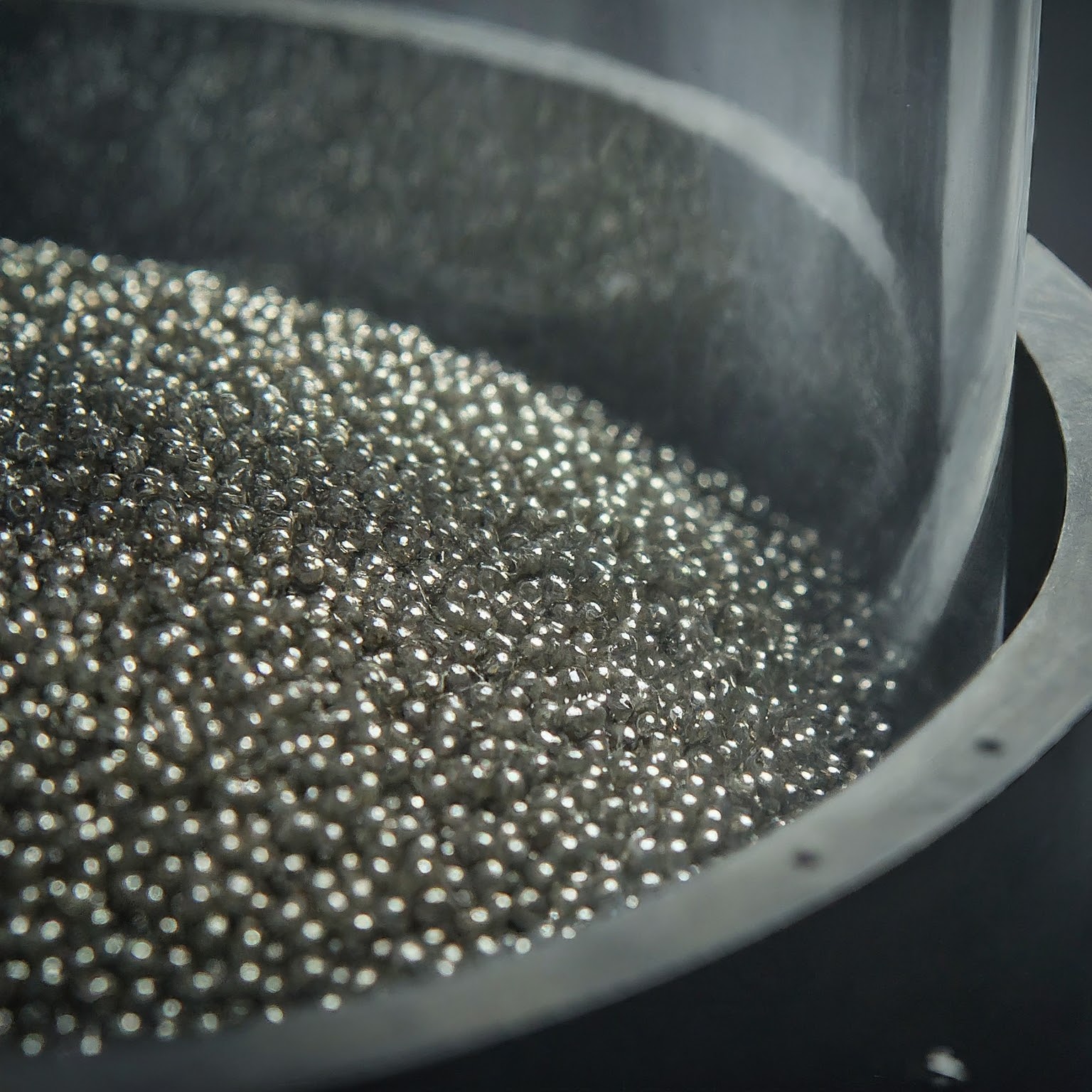In the realm of mechanical engineering, mixing plays a pivotal role in numerous industrial processes. From pharmaceuticals to food production, the ability to blend components effectively is crucial for product quality and consistency. However, the design of mixers is a complex task, fraught with potential pitfalls. This article, drawing inspiration from the meticulous approach of Mechanical Design, delves into five common mistakes to avoid when designing mixers.
 1. Inadequate Mixing Time
One of the most common pitfalls in mixer design is insufficient mixing time. Inadequate mixing time can lead to incomplete blending, resulting in inhomogeneous products with compromised properties. To address this, designers must carefully consider the rheological properties of the materials being mixed, the desired level of homogeneity, and the mixing intensity required to achieve the desired outcome.
2. Insufficient Mixing Energy
Another common pitfall is insufficient mixing energy. Inadequate mixing energy can result in poor mixing quality, leading to phase separation, agglomeration, or incomplete dissolution of components. To overcome this, designers must carefully select the type of mixer and the appropriate impeller or agitator design to ensure sufficient energy input for the desired mixing task.
3. Poor Flow Patterns
Suboptimal flow patterns within the mixing vessel can lead to dead zones or recirculation zones, hindering the mixing process. Stagnant zones can prevent effective contact between components, leading to incomplete mixing. To address this, designers must carefully consider the vessel geometry, impeller or agitator design, and the flow patterns generated within the mixing chamber.
1. Inadequate Mixing Time
One of the most common pitfalls in mixer design is insufficient mixing time. Inadequate mixing time can lead to incomplete blending, resulting in inhomogeneous products with compromised properties. To address this, designers must carefully consider the rheological properties of the materials being mixed, the desired level of homogeneity, and the mixing intensity required to achieve the desired outcome.
2. Insufficient Mixing Energy
Another common pitfall is insufficient mixing energy. Inadequate mixing energy can result in poor mixing quality, leading to phase separation, agglomeration, or incomplete dissolution of components. To overcome this, designers must carefully select the type of mixer and the appropriate impeller or agitator design to ensure sufficient energy input for the desired mixing task.
3. Poor Flow Patterns
Suboptimal flow patterns within the mixing vessel can lead to dead zones or recirculation zones, hindering the mixing process. Stagnant zones can prevent effective contact between components, leading to incomplete mixing. To address this, designers must carefully consider the vessel geometry, impeller or agitator design, and the flow patterns generated within the mixing chamber.
 4. Inadequate Scale-Up
Scaling up a mixer design from laboratory to production scale can be challenging. Differences in Reynolds number, power input per unit volume, and mixing time can impact the mixing performance. To address this, designers must carefully consider the scaling laws and conduct pilot-scale testing to ensure successful scale-up.
5. Overlooking Material Properties
Ignoring the material properties of the components being mixed can lead to poor mixing results. Different materials have varying viscosities, densities, and surface tensions, which can significantly impact the mixing process. To address this, designers must carefully consider the material properties and select the appropriate mixer type and operating conditions.
6. Conclusion
Designing effective mixers requires a comprehensive understanding of mixing principles, material properties, and process requirements. By avoiding these common pitfalls, engineers can develop mixers that deliver consistent and high-quality mixing results.
4. Inadequate Scale-Up
Scaling up a mixer design from laboratory to production scale can be challenging. Differences in Reynolds number, power input per unit volume, and mixing time can impact the mixing performance. To address this, designers must carefully consider the scaling laws and conduct pilot-scale testing to ensure successful scale-up.
5. Overlooking Material Properties
Ignoring the material properties of the components being mixed can lead to poor mixing results. Different materials have varying viscosities, densities, and surface tensions, which can significantly impact the mixing process. To address this, designers must carefully consider the material properties and select the appropriate mixer type and operating conditions.
6. Conclusion
Designing effective mixers requires a comprehensive understanding of mixing principles, material properties, and process requirements. By avoiding these common pitfalls, engineers can develop mixers that deliver consistent and high-quality mixing results.
